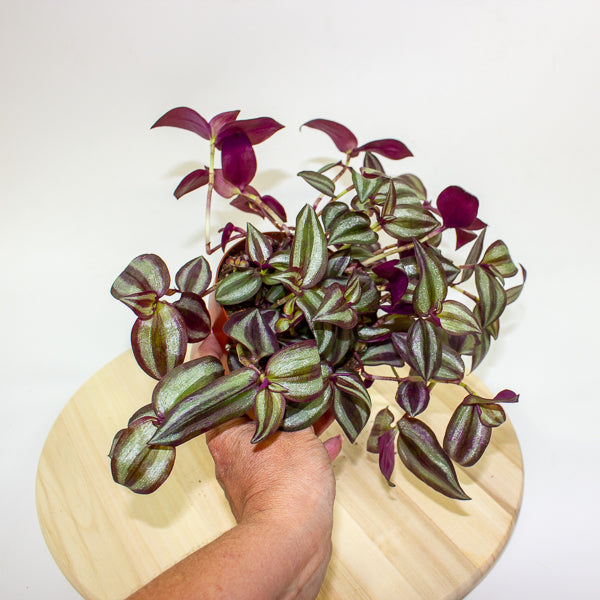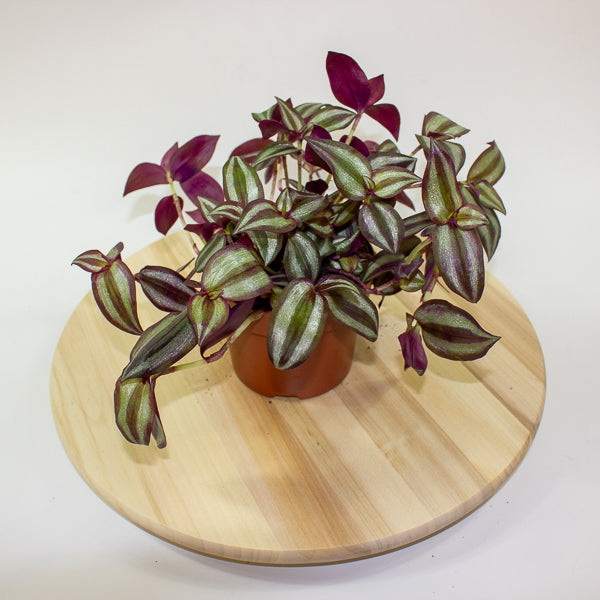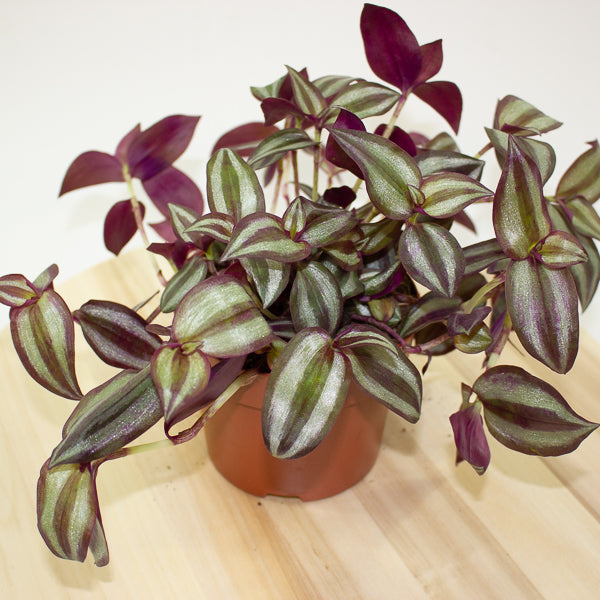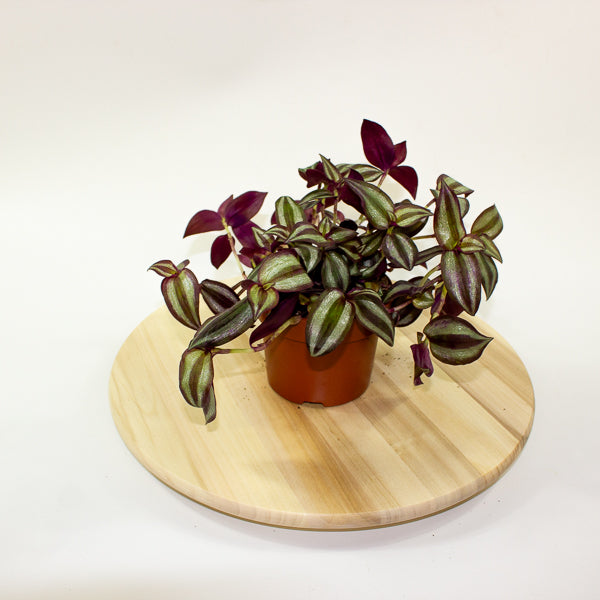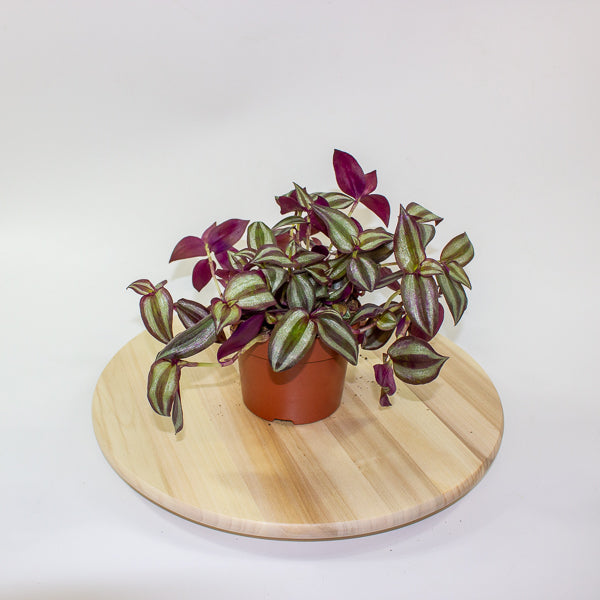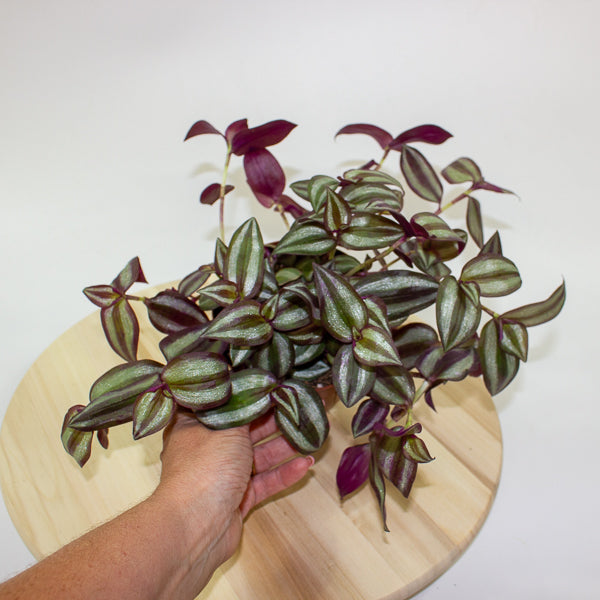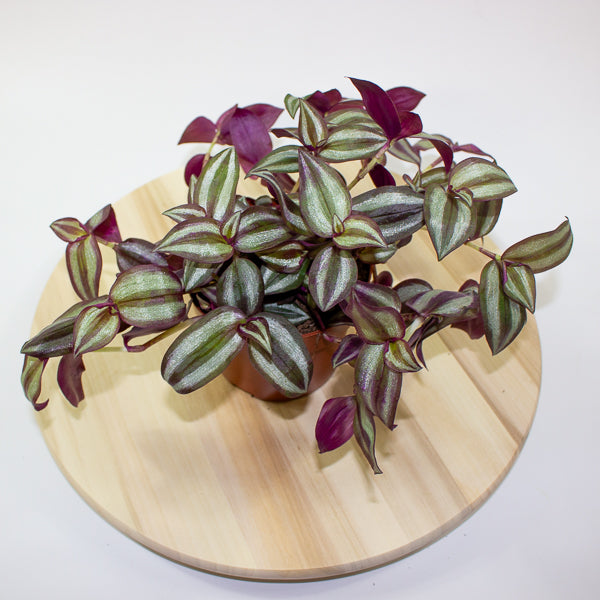1
/
of
7
Emm's Plant House
Tradescantia zebrina Violet Hill 12cm H17cm
Tradescantia zebrina Violet Hill 12cm H17cm
Regular price
£11.00 GBP
Regular price
Sale price
£11.00 GBP
Unit price
/
per
Taxes included.
Couldn't load pickup availability
Tradescantia zebrina 'Violet Hill', also known as the Zebrina or Inch Plant, is a beautiful and vibrant variety of Tradescantia that features striking purple, silver, and green striped foliage. The rich violet and silver patterns on its leaves create a stunning visual contrast, making it a favorite for plant enthusiasts. Native to Mexico and Central America, this fast-growing, low-maintenance plant thrives in bright, indirect light and is ideal for hanging baskets or containers, where its trailing vines can cascade elegantly.
- Full Botanical Name: Tradescantia zebrina 'Violet Hill'
- Common Names: Violet Hill Tradescantia, Zebrina, Inch Plant
- Country and/or Region of Origin: Native to Mexico and Central America
- Growing Conditions in Native Habitat: Grows as a ground cover or climbing vine in tropical and subtropical environments, thriving in shaded or partially shaded areas with high humidity and well-draining soil.
Care Guide
Care Guide
Share
